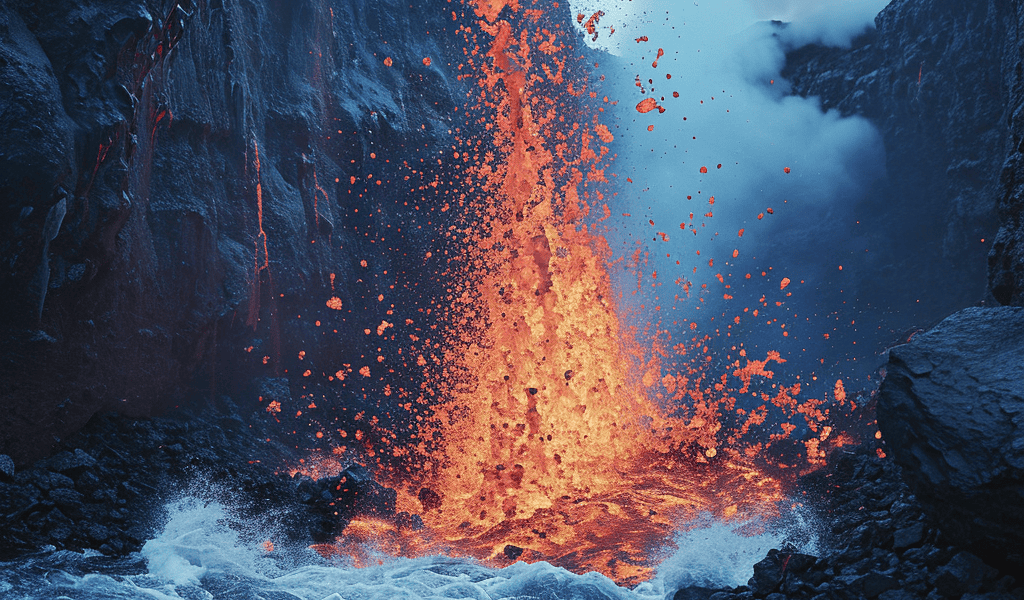Geological Event Causes Earth’s Crust To Spew ‘Fountains of Diamonds’
The natural world never ceases to amaze us, and a recent study has proposed the fascinating idea of ‘fountains of diamonds’ being propelled to the Earth’s surface during a major geological event. Thomas Gernon, a professor of Earth and climate science at the University of Southampton, suggests that the breakup of supercontinents could lead to the eruption of diamonds from deep within the Earth’s core.
According to the research published in Nature, diamonds, which are formed approximately 150 kilometers below the Earth’s surface, are propelled upwards by kimberlite eruptions, traveling at speeds of up to 133 kilometers per hour and causing significant explosions upon reaching the surface.
Gernon and his team delved into the phenomenon of kimberlites and found that these eruptions typically occur around 22 to 30 million years after the commencement of plate separation. One instance highlighted in the study occurred approximately 25 million years after the supercontinent Gondwana began to break up in what is now Africa and South America.
The process of plates pulling apart leads to the mixing and flow of rock from the upper mantle and lower crust, resulting in instability and ultimately triggering the eruptions. Additionally, the combination of rock, water, carbon dioxide, and minerals like diamonds leads to explosive rushes towards the Earth’s surface. The researchers hope that their findings could aid in the exploration of untapped diamond deposits.
Gernon commented, ‘The diamonds have been situated at the base of the continents for hundreds of millions, or even billions, of years. There must be some stimulus that suddenly propels them, as these eruptions themselves are extremely powerful and explosive.’
This discovery sheds light on the incredible forces at work within the Earth, offering a glimpse into the formation and eruption of diamonds, a process that has remained a mystery for centuries. The implications of this research extend beyond the scientific realm, potentially influencing the search for valuable diamond reserves.





